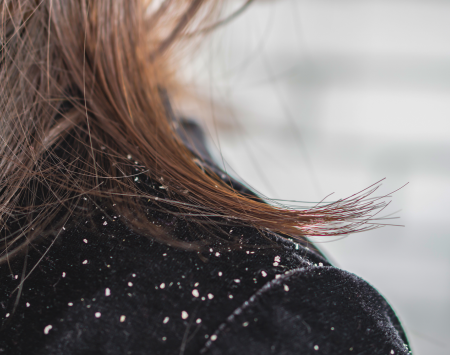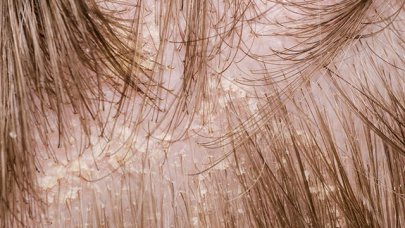Solutions & treatments
How can you get rid of dandruff and scales on the scalp?
Half of the population has dandruff on their scalp. It can be caused by microorganism or genetics.
Since one in every two people has dandruff in their hair, it is obvious that it can happen at any time and to people with any type of hair or scalp. And it can be light, moderate or severe.
This condition is extremely common and affects women more than men. It can appear at any time. People with all types of hair and scalp are affected. Dandruff can be explained by two causes. The first is when your scalp is colonised by a yeast (a single-cell fungus). The second is when a genetic predisposition is brought to light by environmental factors. Read on to learn more about where dandruff comes from.










